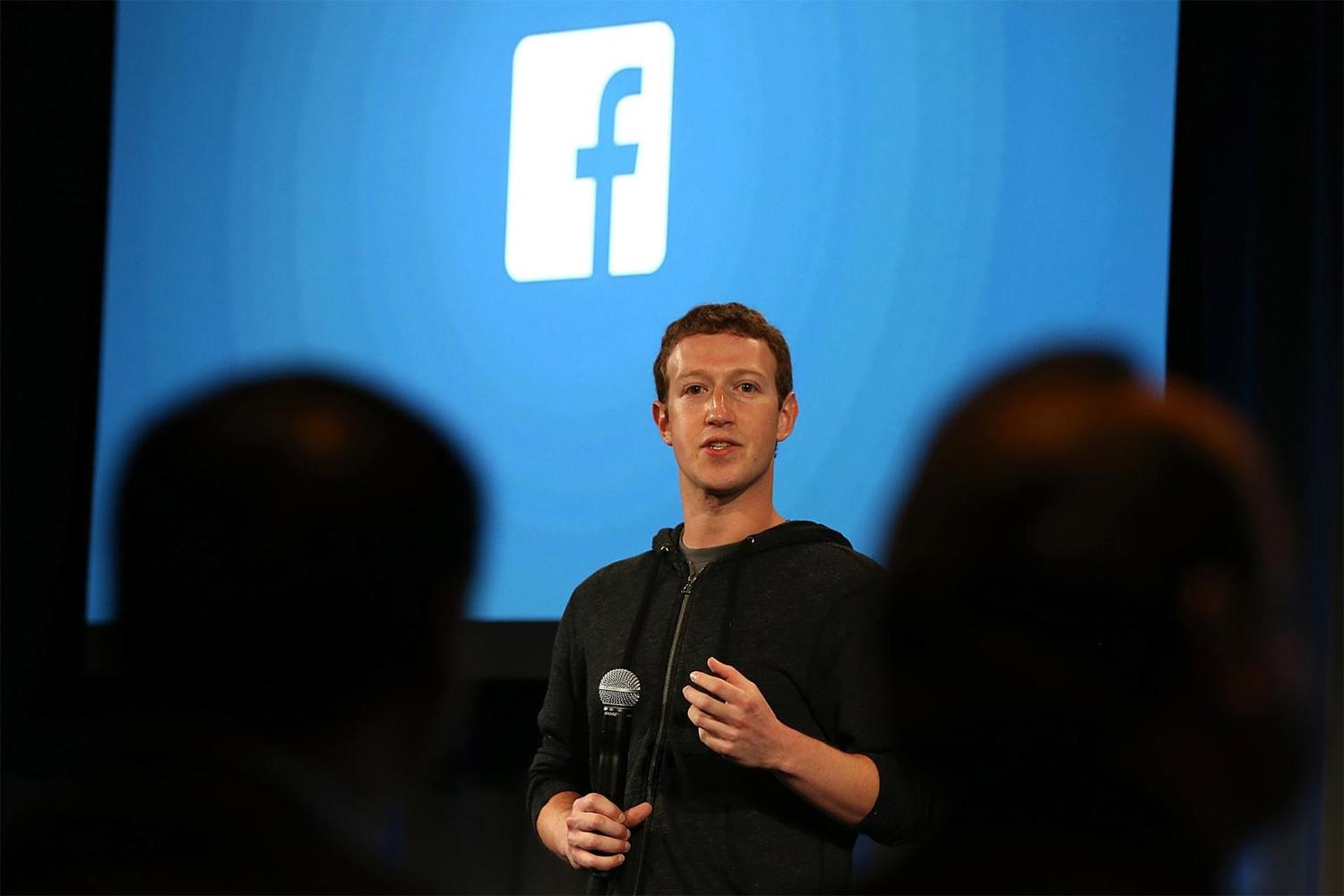
Facebook is more than just a social network where people share their pictures of their kids. The company is exploring a variety of cutting-edge technologies. It is involved virtual reality through its acquisition of Oculus Rift and even is designing a way to provide Internet service using drones, A few years ago, the company formed an artificial intelligence research team, hiring Yann LeCun, the expert who helped created the modern convolutional neural networks (CNNs). LeCun at the time was tasked with recruiting the top AI scientists and assembling the world’s best AI research lab.
Not surprisingly, Facebook’s AI is being used directly on the website, helping to decide what information users will see on their news feeds and automatically tagging people in photos. The AI team also is involved in other areas including the visual recognition of media, language translation, speech recognition, and natural language (slang, idioms) understanding. The literary classics fit into this language focus and are being used to gauge how well the AI can understand what it is reading. As part of these reading comprehension tests, the AI is presented with missing words in a passage and is asked to fill in the correct options to complete the paragraph. The better it understands the context and meaning of the passage, the better it will score.
Language isn’t the only area of AI development. Another data set released last month revealed that the Facebook AI is studying movie trivia, scouring the more than 108,000 questions lifted from online repository Freebase. Facebook also recently announced it is using its AI system to build detailed maps that will be used by its Connectivity Lab, which is tasked with designing a satellite and possibly drone-based Internet system. The AI is being used to identify buildings and other human-made structures in satellite images. Once identified, this building information is being combined with census data to generate population density maps and more.



